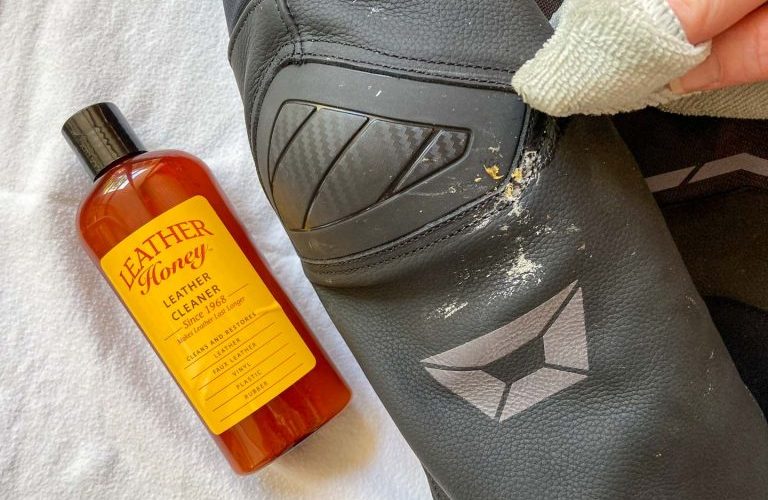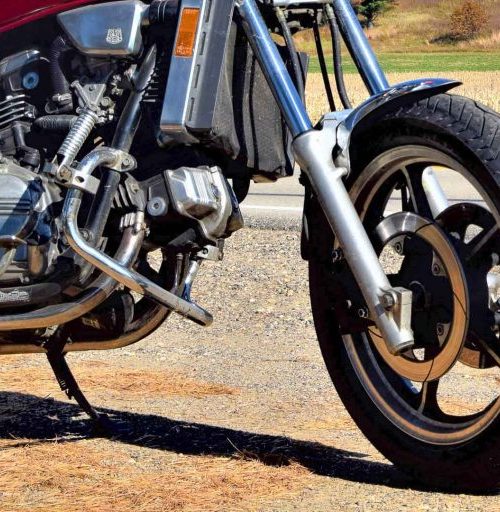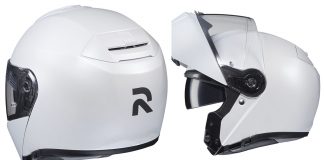If you wear leather riding gear—whether jacket, pants, gloves, or boots—you need to take care of it if you want it to last. That means keeping your gear clean and conditioning it, and Leather Honey has the products to help you get the job done painlessly. While I don’t look forward to the chore of cleaning and oiling my gear, the Leather Honey Leather Care Kit makes the job simple and, ultimately, fulfilling.
Leather Honey is a family-owned business whose leather conditioning formula dates back to 1968. It was originally developed to extend the life of leather shoe soles, then spent 25 years marketed as a harness and saddle conditioner under the brand name Harness Honey. It was rebranded as Leather Honey in 2010, using the same proprietary formula, with the new name reflecting the wide range of uses for the product. Seemingly out of order, the company developed a leather cleaner six years ago to prepare leather goods before conditioning.
I had several leather motorcycle jackets that needed debugging. A couple of all-day rides that took us through canyons, mountains, and out to the desert resulted in jackets variously smattered with insect debris on the shoulders, chest area, and sleeves. The jackets were all relatively new, so I hoped they would look top-notch again once I got them cleaned up.

The Leather Honey Leather Care Kit includes eight-ounce bottles of Leather Honey cleaner and conditioner, along with two lint-free microfiber cloths. The cleaner and conditioner are chemical-free and non-toxic, according to Leather Honey, so gloves are listed as “as needed” on the Safety Data Sheet. While I didn’t intentionally get the cleaner or conditioner on my fingers during use, I was also not super careful to avoid contact with it; I didn’t experience any skin irritation.
Although the Leather Honey products are claimed to be odorless, a sniff above the open bottles of cleaner and conditioner is not smell-free. However, it’s quite subtle and not offensive, so I don’t feel the need to open windows while using the products. Nor was there a residual odor is left on the jackets after they dried. Leather Honey also says its products have not been tested on live animals, and contain no wax or silicone, which can harm leather.
Of course, cleaning leather sooner than later is always advisable, as it’s easier to get insect grime off before it has dried and hardened. In the real world, that doesn’t always happen. Fortunately, the cleaner took care of almost all of the insect debris.

The Leather Honey cleaner must be shaken well before use, and applied with a lint-free cloth—microfiber is a typical choice. Use the cleaner liberally, so you don’t have to scrub. You don’t want to force dirt and debris into the pores of the leather; the goal is to pull it away from the surface. You may need to go back a second time over some particularly stubborn spots.
When a jacket is damp after using the cleaner, it can appear to be completely clean. However, once dried, you may discover you haven’t gotten all the dregs off. Another generous application will take care of the remnants, especially those harder-to-clean areas on perforated leather.
Many riding jackets these days incorporate other materials alongside the leather, be it polyester, suede, faux leather, or rubber. The Leather Honey cleaner can be used to clean all of these surfaces, except suede. One of our test jackets had large poly panels, and the cleaner worked like a champ on it.

The next step for maintaining your leather gear is to condition it, as leather naturally starts to dry out from day-to-day use. You’ll notice that Leather Honey conditioner is truly honey-thick when you squeeze it onto the supplied lint-free cloth. If your room is on the chilly side, you will want to warm the conditioner slightly to make it easier to spread. A little goes a long way, and you want to distribute it as evenly as possible.
Because the conditioner is absorbed into the leather, it may darken the color. Usually, the color returns to normal once the leather dries, though not always. The usual disclaimer applies here—test in an inconspicuous area first, especially on light colors.
Give the Leather Honey treated leather plenty of time to dry before use—a minimum of two hours. Then, buff it with a clean, lint-free cloth to remove any excess conditioner.
When you’re done, the leather has a water-repellant barrier that should last approximately six months. I was quite pleased with how nicely the jackets cleaned up, and how easy it was to condition the leather. The jackets looked like new.
While Leather Honey’s cleaner can be used on just about any material other than suede, the conditioner should only be used on leather.
Favorite leather jackets and boots can take on a lot of abuse while protecting you on two wheels, where I frequently feel like a magnet for flying insects. While I don’t look forward to the chore of cleaning, I do appreciate a product like the Leather Honey Leather Care Kit. It is a great all-in-one system for cleaning and maintaining my gear that isn’t arduous. As a bonus, the cleaning and conditioner products can be used on other leather items in your house and car. The Leather Honey Leather Care Kit has an MSRP of $71, but it’s available on the Leather Honey website at the time of this review’s publication for $44.






![Scorpion Covert Hoodie Review [Motorcycle Jacket Alternative]](https://motogeartalk.com/wp-content/uploads/2023/11/scorpion-covert-hoodie-review-technical-motorcycle-jacket-apparel-2-768x512-1-500x512.jpg)


